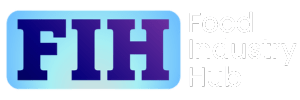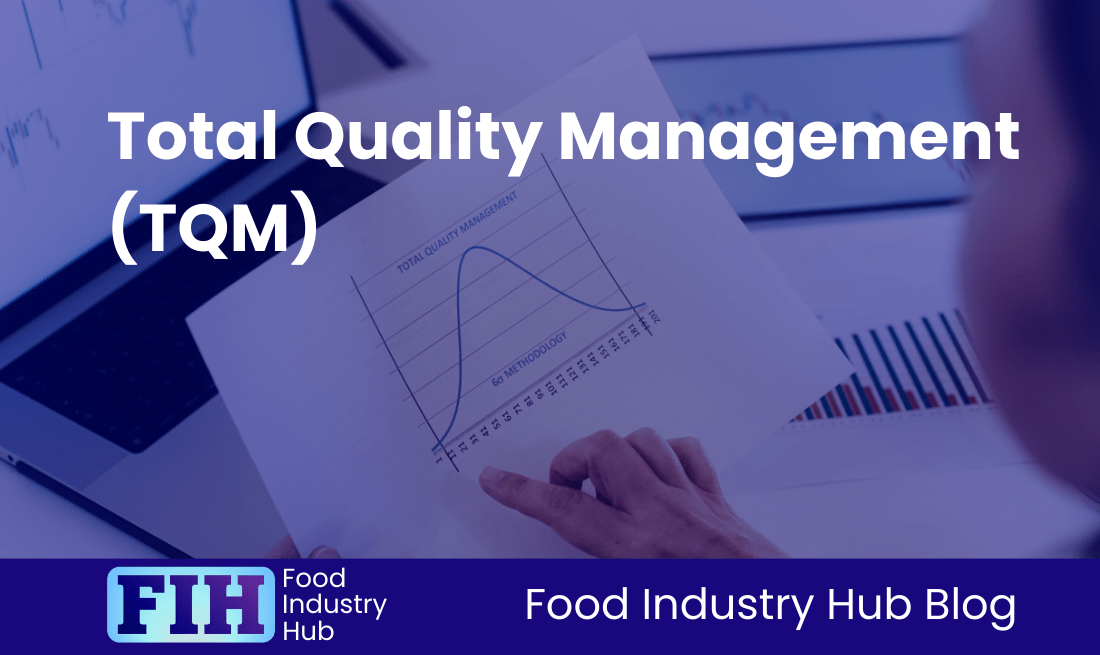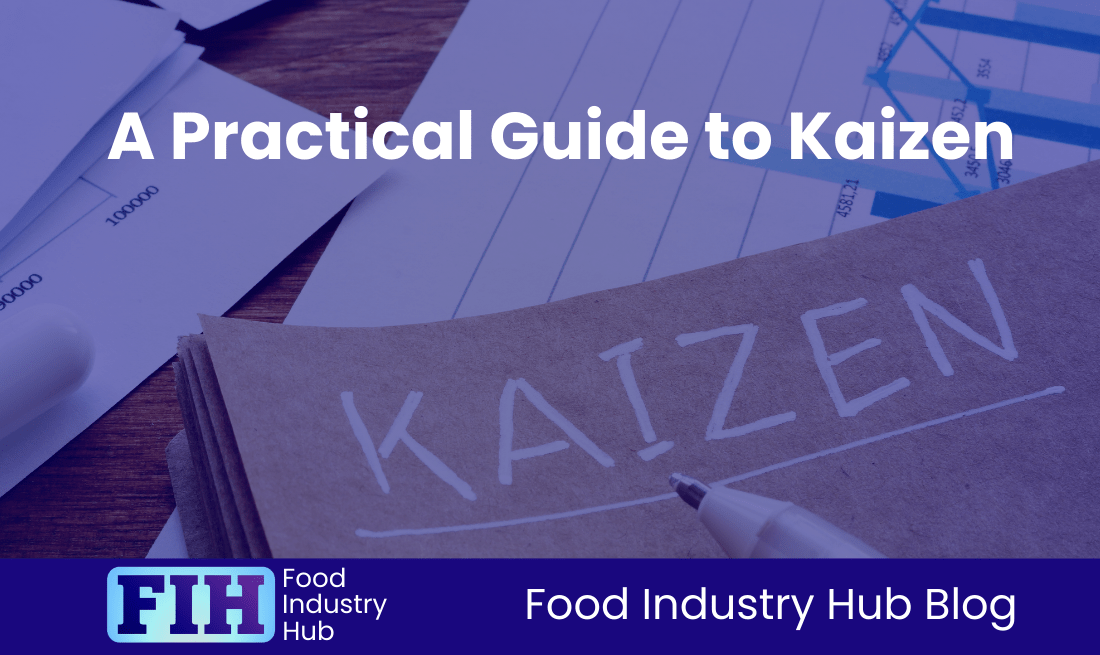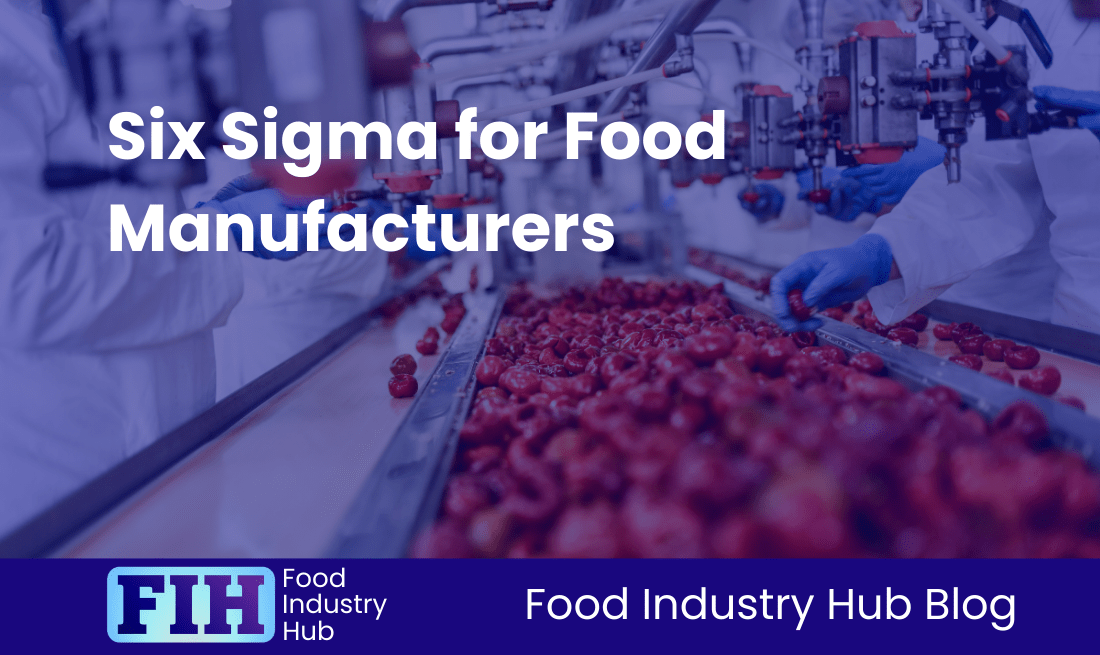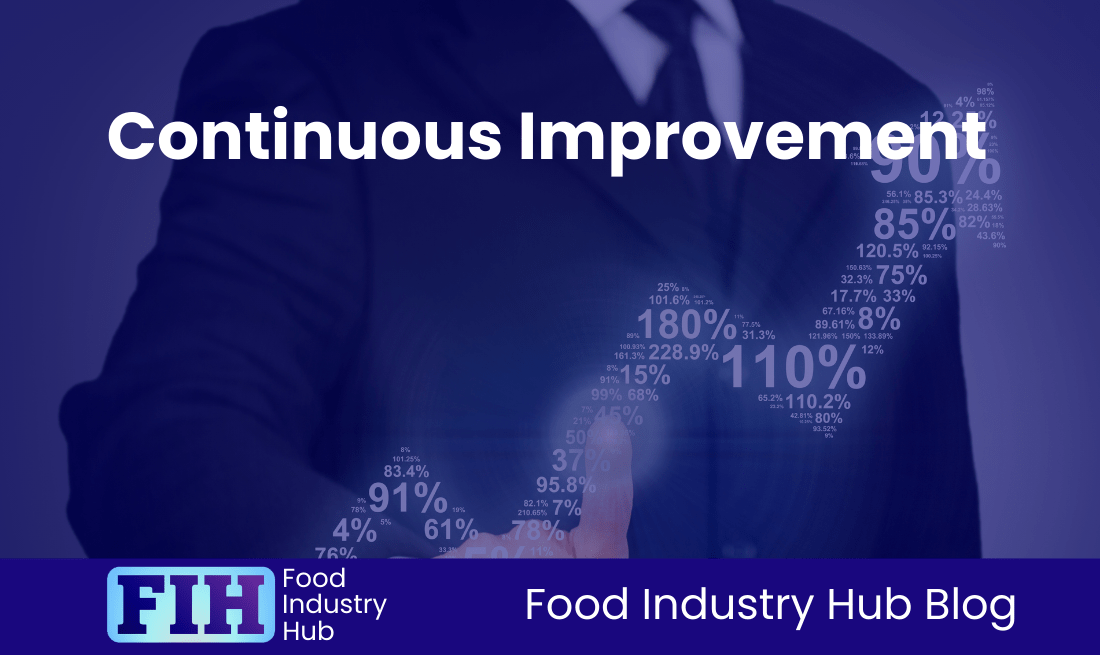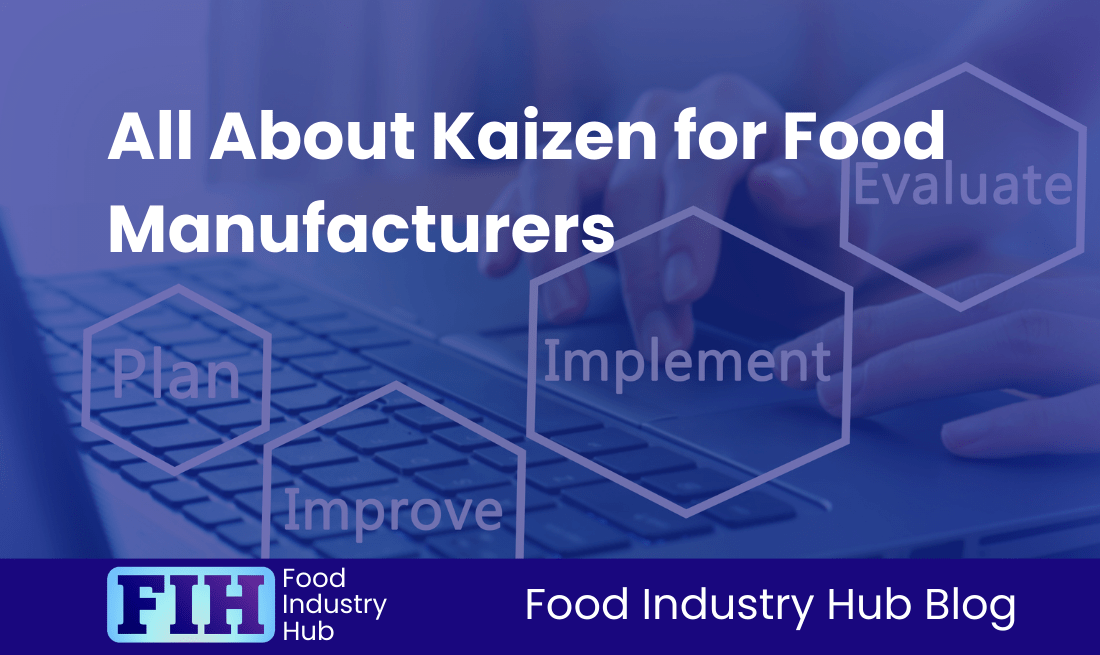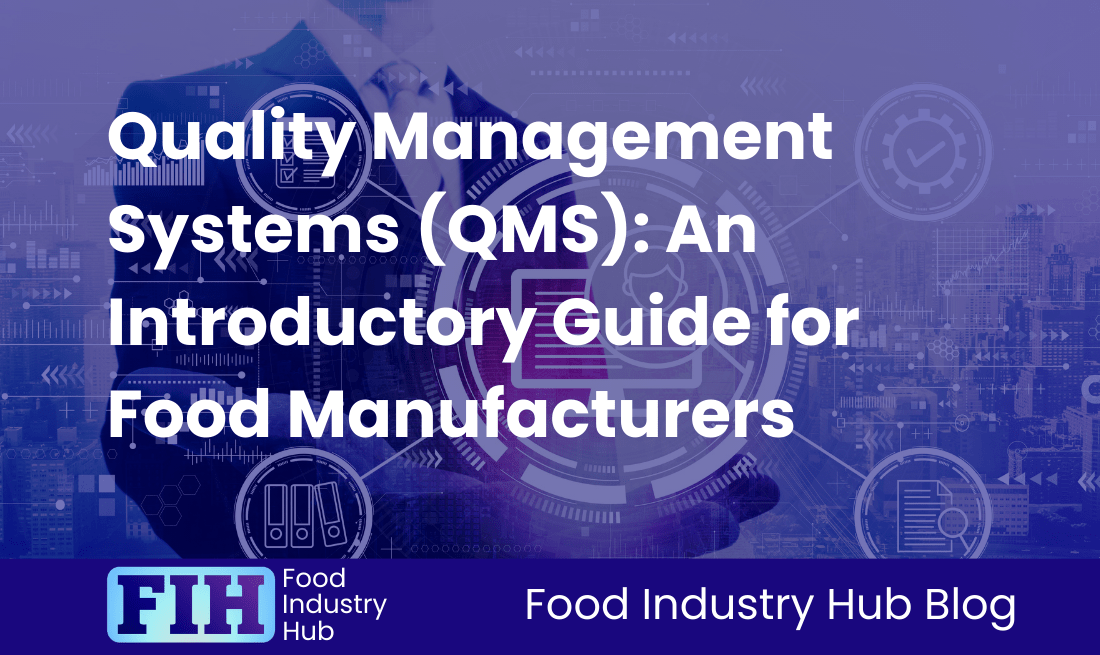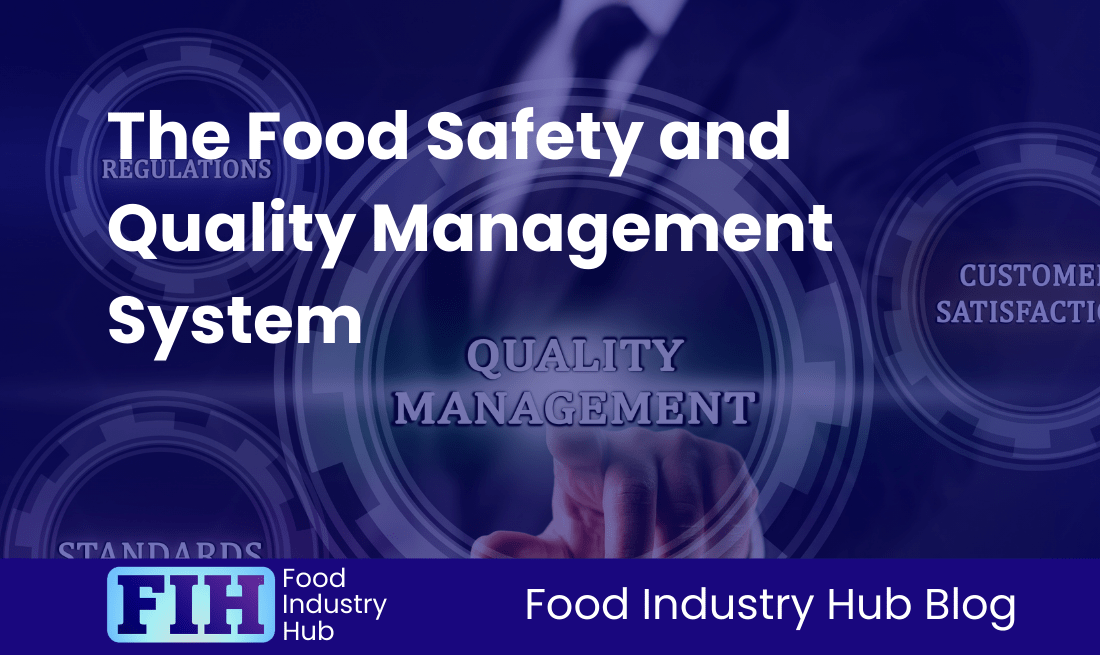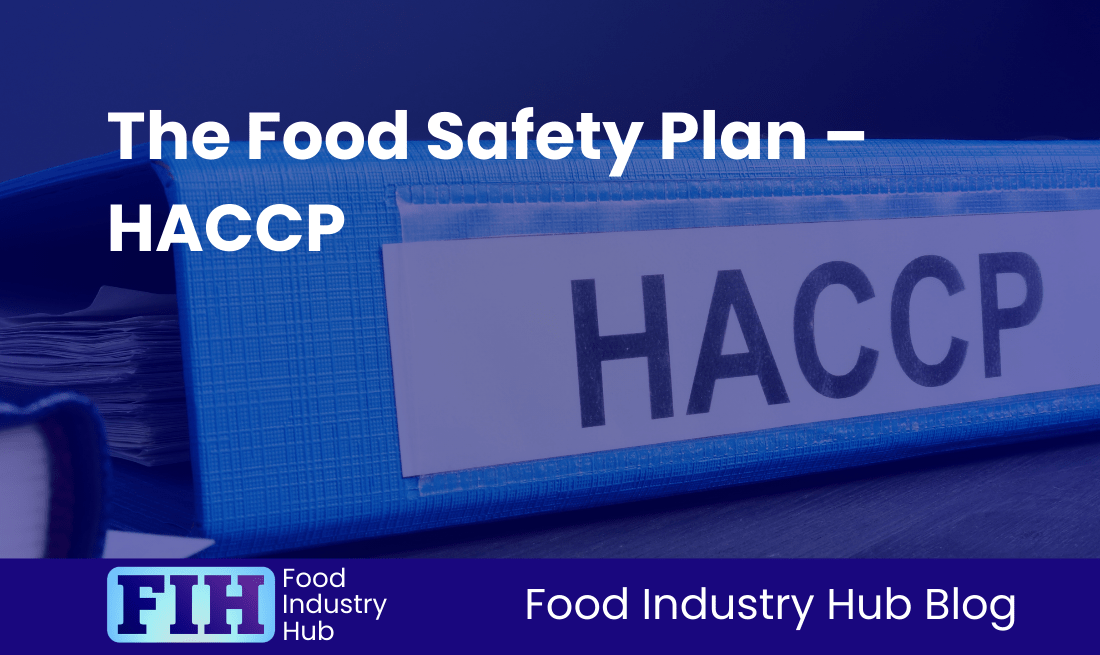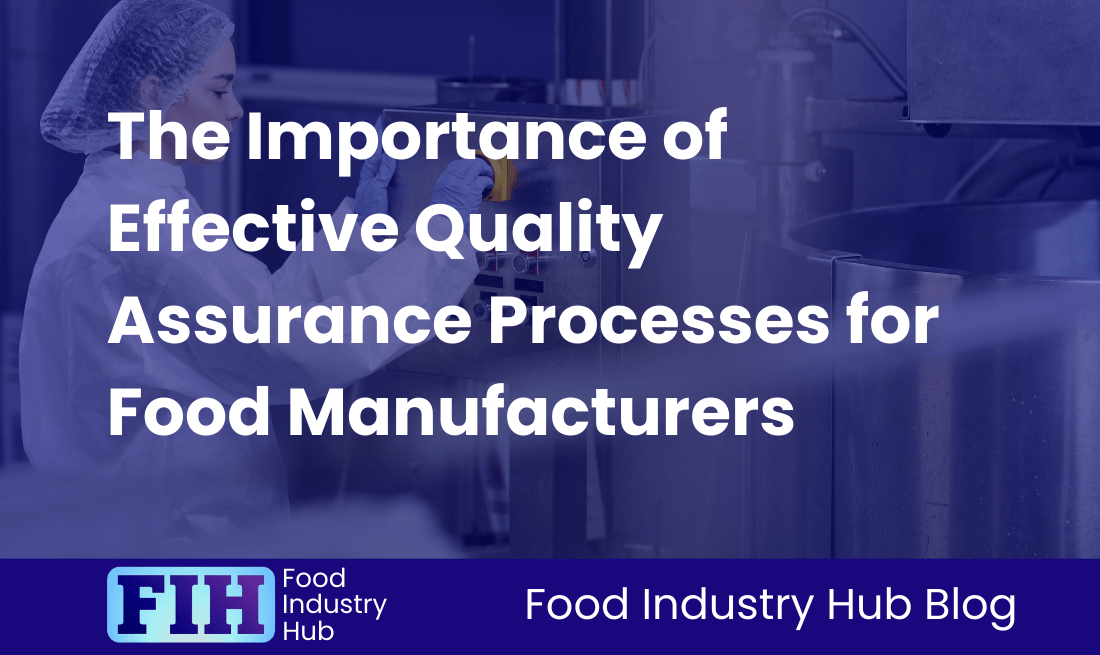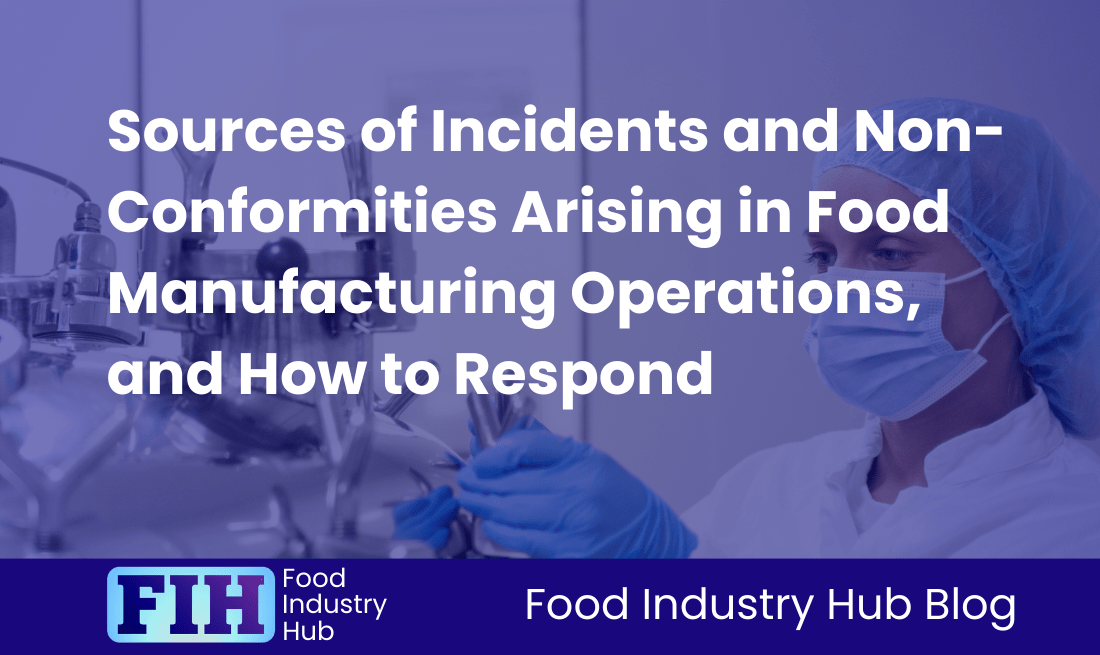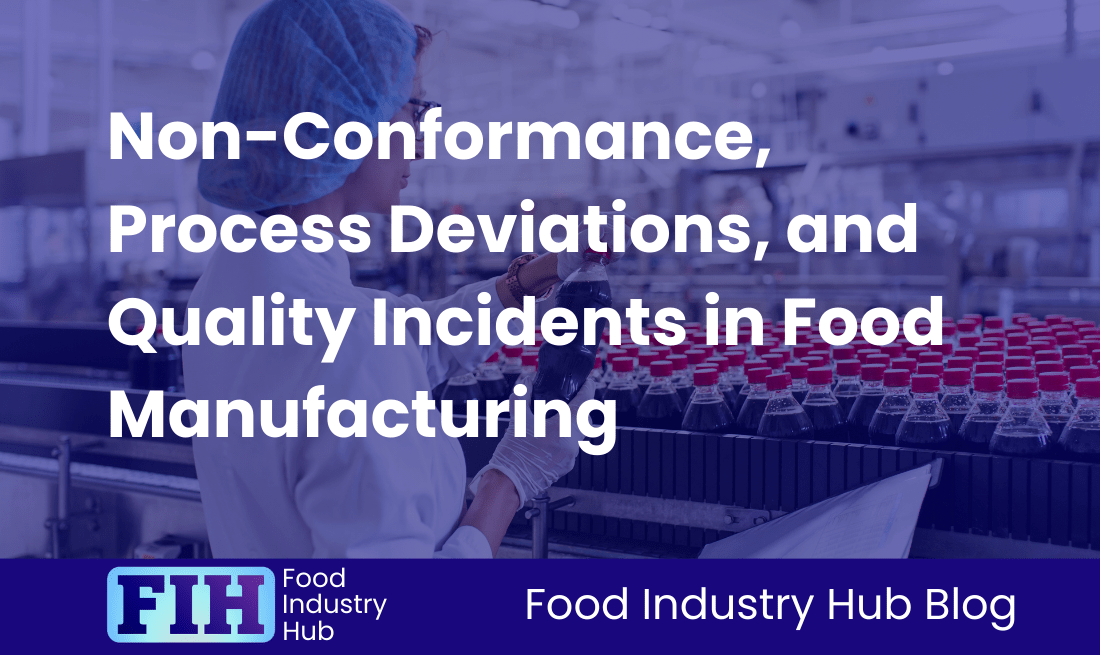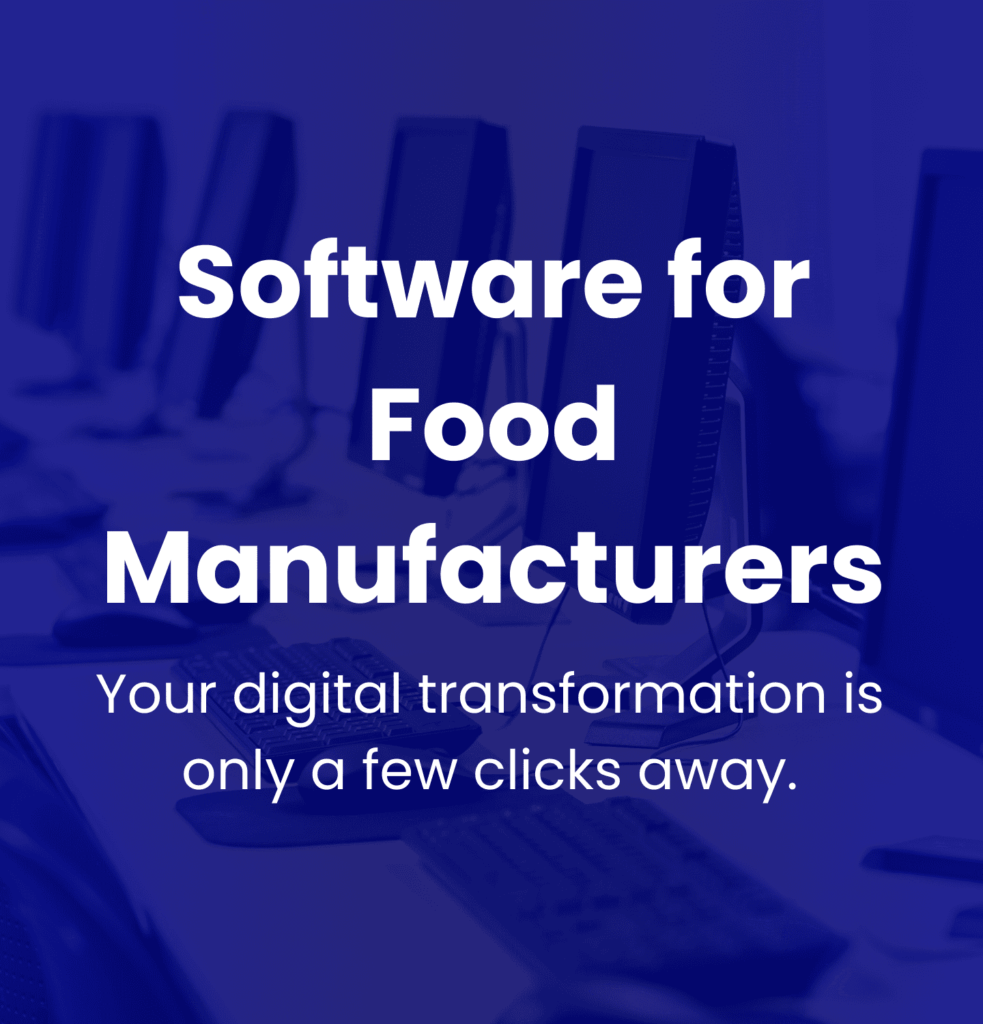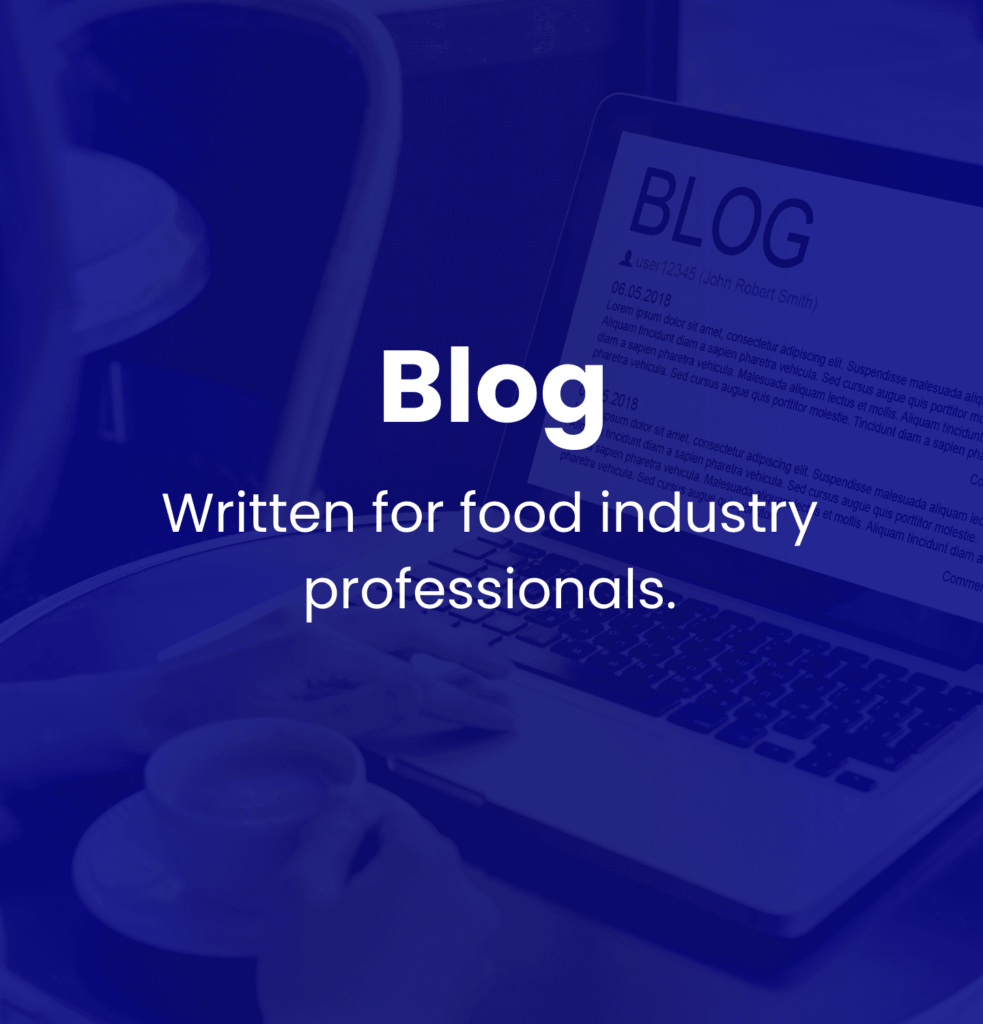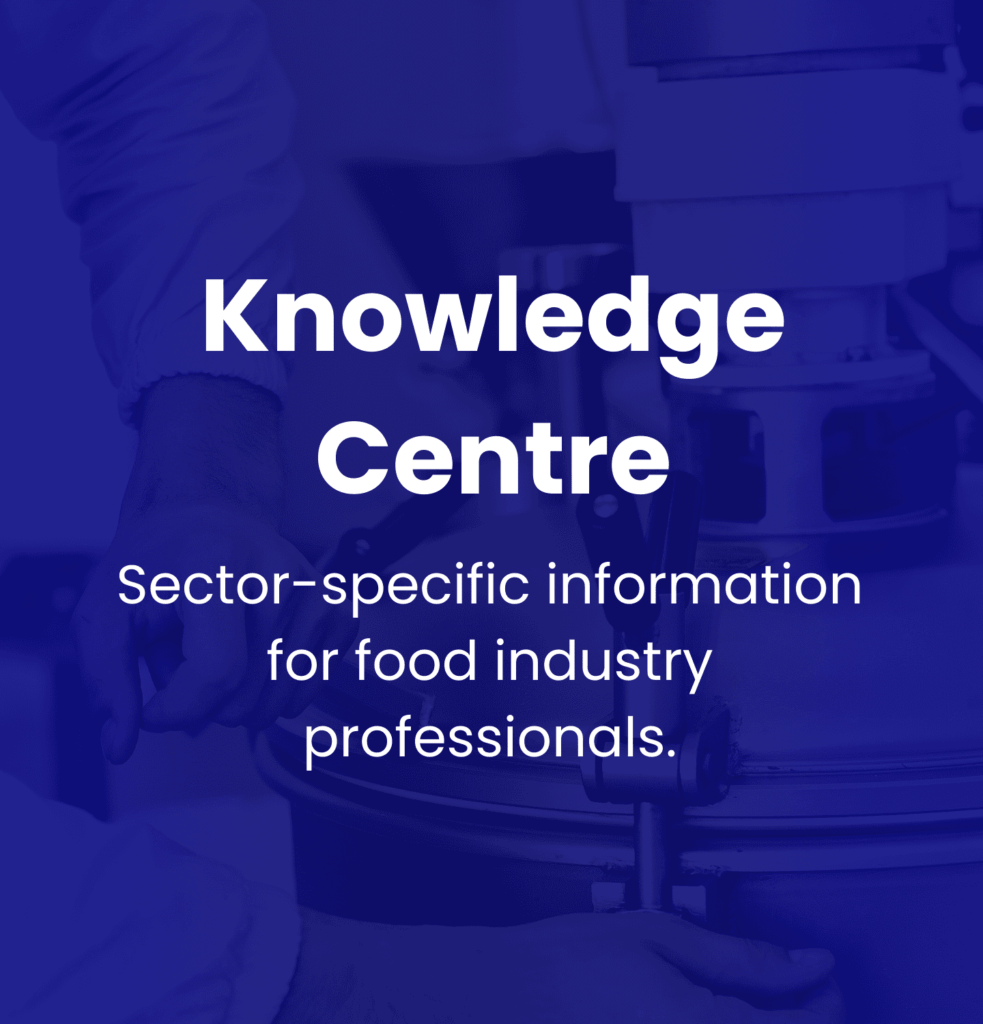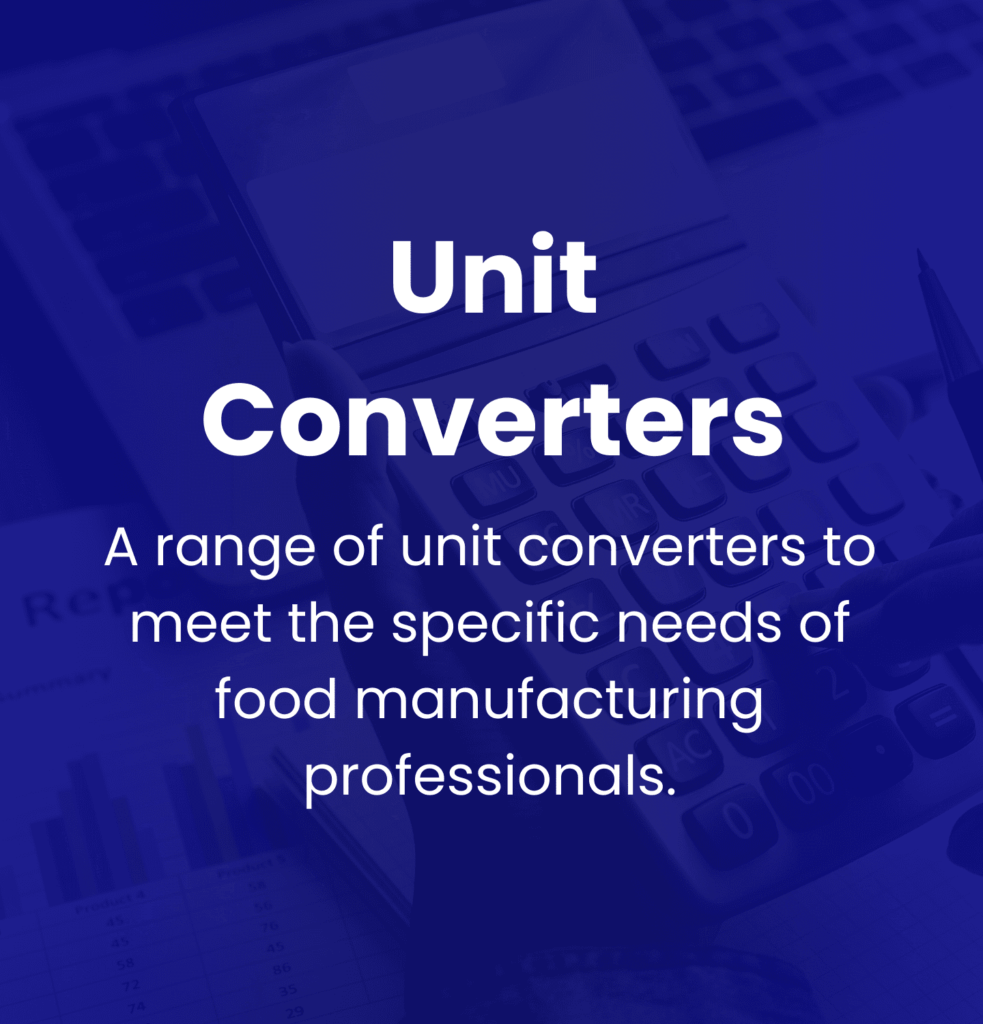Know: Quality Management System (QMS)
Contents
Introduction
Key Takeaways
QMS in Food Manufacturing
Understanding Compliance Frameworks and Regulatory Requirements
QMS Methodologies and Standards
Strategic Technology Integration in QMS
Navigating through the Challenges and Best Practices of QMS Implementation
Continuous Improvement and Auditing
Conclusion
Introduction
It’s a well-documented fact that the implementation of Quality Management Systems (QMS) in food manufacturing significantly diminishes the risk of product recalls. This highlights the indispensable role a well-articulated QMS plays in bolstering consumer safety and upholding quality in food production.
A Quality Management System (QMS) is an organised framework that fuses processes, guidelines, and procedures fashioned to ensure that a company’s outputs continually meet quality and safety criteria. This arrangement is principal to the food manufacturing industry, guaranteeing the safety, legality, and quality of food supplies. This protective measure both keeps consumers safe and boosts business competitiveness.
The value of a QMS goes beyond merely fulfilling legal duties; it considerably affects product safety, quality, and regulatory compliance. With a QMS, manufacturers can effectively manage control points throughout the production process, reducing contamination threats, and preserving product quality. In addition, it offers structured compatibility with industry regulations, including those set by the FSA, EC, FDA, and USDA. This adherence to stringent quality standards reduces liability and enhances consumer trust.
QMS Within the Scope of Management and Leadership
The QMS encourages an all-encompassing approach to quality that extends across the business. The onus is on senior management to advocate for QMS initiatives, ensuring that quality management objectives align with overarching business strategies. This top-down dedication nurtures a organisational culture focused on quality, improving compliance and operational effectiveness.
Understanding the Core Principles of QMS
Grasping the core principles of QMS is integral to its successful enactment. Primary themes encompass the importance of complying with regulatory requirements, harnessing technological advancements for progressive improvement, and accentuating the required cultural shifts within organisations. As companies navigate the intricacies of regulatory compliance and consumer expectations, a strong QMS serves as a stepping stone towards achieving excellence in food manufacturing.
Key Takeaways
Understanding the Role of QMS in Ensuring Quality and Safety
Within the food manufacturing sector, Quality Management Systems (QMS) play a pivotal role in setting and maintaining high quality and safety standards. A key aspect of QMS is its focus on preventive measures. This system provides a framework that includes keeping documentation current and carrying out regular internal audits to evaluate the system’s effectiveness. An efficient supplier approval procedure is vital for preserving the standards of raw materials and assuring that final products meet safety and quality benchmarks. This framework is designed not just to meet regulatory demands, but also to promote consistency in manufacturing.
The Impact of Regulatory Mandates on QMS and Compliance
QMS plays a significant role in navigating the regulatory landscape in food manufacturing. Adherence to worldwide standards and specific regional mandates like the Food Safety Modernisation Act (FSMA) in the US is important for ensuring product safety and market readiness. Each region may have its own unique regulations, and a comprehensive understanding of these is necessary. For instance, European directives impose unique food safety requirements that businesses must address to prevent regulatory hurdles and enhance consumer trust.
Future Prospects of QMS Through Technological Advancements
Technological progression has the potential to significantly impact the evolution of QMS in food manufacturing. By integrating Manufacturing Execution Systems (MES) with QMS, real-time data monitoring and analysis can be enhanced, offering better quality control and compliance practices. This integration enables businesses to shift from reactive strategies to proactive management by utilising data analytics to identify potential risks prior to their occurrence. Forthcoming technologies such as Internet of Things (IoT) and predictive analytics have the potential to make processes more efficient and improve traceability, preparing for advanced quality management practices in the future.
Food Industry Hub Management Systems can significantly boost the effectiveness of your food safety and quality management system, leading to improved confidence and elevated quality assurance throughout your operations.
QMS in Food Manufacturing
Understanding QMS
A Quality Management System (QMS) represents a comprehensive structure designed to record and control various processes in food manufacturing to achieve consistency, quality, and adherence to the regulatory standards. The primary intent of the QMS is to deliver safe and high-quality food products while complying with relevant standards. The successful execution of QMS brings numerous benefits like optimised operations, increased productivity, cost reduction, and a standing reputational benefit. This is integral in a competitive market where safety is key. Companies utilising an effective QMS report marked developments in their potential to meet customer demands while complying with regulations established by bodies such as the Food and Drug Administration (FDA) and the Global Food Safety Initiative (GFSI).
Typically, a QMS encompasses operations like quality planning, material procurement, process documentation, internal audits, corrective actions, and supplier management. Cumulatively, this leads to a systematic approach to quality control in food production. Through cultivating a culture of continuous improvement and quality-consciousness, businesses can augment food safety along with operational efficiency, providing a sustainable advantage in the marketplace.
Interrelation with FSQMS
Food Safety Quality Management Systems (FSQMS) are designed to amalgamate quality management and food safety protocols. Traditional QMS strategies focus on operational consistency, while FSQMS prioritises the integration of specific safety elements like Hazard Analysis and Critical Control Points (HACCP). This approach allows businesses to identify and manage potential food safety hazards efficiently. The interplay of QMS and FSQMS is essential for maintaining high standards of both quality and safety throughout all stages of food production. Such integration is key to compliance with regulations and fostering consumer trust. Advances in software solutions now enable this integration by offering real-time surveillance and auditing capabilities, which are necessary in today’s regulatory landscape.
The Importance of Documentation and Leadership
Seamless documentation and unwavering leadership commitment are essential for QMS operation. Proper documentation ensures traceability, transparency, and compliance with industry regulations. This requires maintaining updated records of procedures, audits, non-conformance reports, and corrective actions, which are necessary during inspections and audits by regulatory bodies, ensuring compliance and enhancing operational efficiency.
Strong leadership extends beyond promoting adherence to quality standards. Leaders must make significant investments in training and process improvements. This commitment aligns the organisation toward achieving quality and safety goals, empowering every employee to prioritise consistent practices during their daily operations.
Core Components of QMS
In food manufacturing, there are four principal components of QMS. These are:
- Quality Planning: At this foundational stage, quality objectives that align with food safety regulations and corporate goals are articulated. This includes hazard analysis, defining specifications for raw materials, and determining critical control points (CCPs) to assure product safety.
- Quality Control: Emphasis at this stage lies in the monitoring and inspection of both processes and products to confirm compliance with established quality criteria. Techniques may include statistical process control, routine inspections, and product sampling, helping in the verification of specification adherence and effective risk mitigation.
- Quality Assurance: This component confirms that operations and processes are in line with established requirements. Regular audits, training programmes, and performance assessments are conducted to spot deviations from standards and take corrective measures where necessary.
- Continuous Improvement: This principle instills the culture of regular evaluation of processes. Insights from corrective and preventive actions (CAPA) are employed to enhance operations. Strategies such as subjected management reviews and feedback loops are vital in this continuous refinement process.
Strategic Alignment of Business Objectives with QMS and Industry Standards
A well-structured QMS can align food manufacturing practices with broader business objectives. For example, integrating quality management with strategic goals enhances operational efficiency, boosts customer satisfaction, and drives innovation. Aligning QMS to industry standards such as ISO 22000 standardises procedures and minimises operational risk, ensuring compliance with global food safety regulations.
Strategic alignment allows manufacturers to adapt quickly to regulatory changes, maintain stakeholder confidence through continuous process improvements and certifications. By incorporating QMS principles into strategic planning, food manufacturers can convert quality management into a competitive advantage, ensuring both compliance and high-quality outputs.
Key QMS Terminology
There are few key terms associated with QMS:
- Quality Policy: This is a formal statement from management expressing the organisation’s commitment to quality, detailing the objectives and responsibilities necessary for achieving high standards in a compliant manner.
- CAPA (Corrective and Preventive Actions): This is a systematic approach employed to correct and prevent non-conformities in processes and products. CAPA focuses on identifying root causes of problems and implementing effective solutions to avoid future occurrences, enhancing overall product and service quality.
- Document Control: This ensures all QMS-related documentation is effectively managed, updated and maintained. It guarantees staff members can access accurate and up-to-date information minimising the risk of operating based on outdated procedures and ensuring readiness for audit.
Relevance of QMS Fundamentals
QMS fundamentals are closely tied to regulatory compliance in food manufacturing. A fully functioning QMS framework is indispensable in meeting legal standards. By systematically documenting processes and adhering to safety protocols, food manufacturers can conform to regulatory requirements. This approach helps avoid penalties related to non-compliance and significantly lessens the risk of recalls and legal repercussions.
In implementing QMS, leadership commitment is an essential ingredient and must be coupled with employee education, and structured processes for continuous improvement. Commitment from leadership is needed to allocate resources, while comprehensive training equips staff to adhere to quality standards. By incorporating QMS principles into daily operations, organisations create a prioritised quality environment that enhances compliance and satisfies market demands.
Understanding Compliance Frameworks and Regulatory Requirements
Navigating appropriate compliance frameworks, such as the Global Food Safety Initiative (GFSI) and ISO 22000, is fundamental to ensuring food safety in manufacturing. As internationally recognised schemes, they promote consistency in food safety management systems (FSMS) and foster confidence amongst consumers and other relevant stakeholders [Source: ISO].
Interpretation of Regulatory Frameworks
The ISO 22000 framework is notably comprehensive, encapsulating Hazard Analysis and Critical Control Points (HACCP), as well as the Plan-Do-Check-Act (PDCA) cycle, thereby facilitating effective food safety risk management at every stage along the food supply chain. Its implementation is integral to both risk assessment and the continuous improvement of food safety management.
Geographical Variations
It’s also important to note that the regulatory structures ensuring food safety can vary significantly across different regions, thereby underscoring the need for food manufacturers to understand and adhere to the specific requirements of each locale. For example, in the UK, the Food Safety Act 1990 provides the primary legal framework for food safety and hygiene practices. Post-Brexit, the UK has maintained many EU regulations, while introducing unique provisions to meet local needs. The Brand Reputation through Compliance (BRCGS) Global Standard for Food Safety plays a significant role in the UK in demonstrating compliance with food safety requirements and facilitating both domestic and international trade.
In the United States, the Food Safety Modernization Act (FSMA) is instrumental, signifying a shift from reactive to preventive measures in food safety. The FSMA requires food manufacturers to develop comprehensive food safety plans, which include risk assessments and preventive controls to ensure safety throughout the production line.
Decoding Compliance-Specific Terminology
The BRCGS, once part of the British Retail Consortium standards, is now an autonomous certification requiring adherence to optimal practices in food quality and safety. It encompasses diverse aspects, including supplier management and food fraud risk assessments, making it an indispensable certification for manufacturers aspiring to work with major retailers. Companies obtaining BRCGS certification not only enhance their market credibility but also satisfy the key requirements for entering various supply chains.
The Food Safety Modernization Act (FSMA) was enacted to augment the safety of the U.S. food supply through proactive measures. It mandates food manufacturers to implement preventive controls and maintain a rigorous surveillance of supply chains. The FSMA specifies that all food safety plans must incorporate risk management strategies, thereby playing a significant role in the context of any Quality Management System (QMS) in food manufacturing.
Journeying Through Implementation Strategies and Vendor Management
Implementation Strategies for QMS
Implementing a Quality Management System (QMS) in food manufacturing calls for strategic approaches:
- Leadership Commitment: Unwavering commitment from senior management is necessary for the allocation of required resources and culture of compliance.
- Risk Assessment: Rigid risk assessment methodologies, aligned with frameworks like ISO 22000, should be employed to identify potential hazards all along the supply chain.
- Training Programmes: Periodic training on food safety standards and compliance practices ensures that team members are aware of their roles within the QMS framework.
Central Role of Vendor Management
A strong vendor management strategy is key to maintaining compliance across the supply chain. This involves:
- Supplier Audits: Comprehensive evaluations of suppliers to certify they uphold the same high standards of food safety and quality required by the manufacturer.
- Ongoing Evaluation: Regular assessments of supplier performances to confirm their continual adherence to the contractual quality and safety standards.
- Cross-Functional Agreements: The inclusion of clear food safety clauses in contracts with suppliers to ensure mutual accountability and enhance quality assurance.
By embedding these implementation strategies and focusing on vendor management, food manufacturers can successfully navigate the complexities of compliance, whilst maintaining high standards of food safety and quality.
Sign-up for the Food Industry Hub Mail Service
We regularly produce new content for food industry professionals, and the Food Industry Hub Mail Service is the best way to stay up to date with the latest additions.
Signup today to be added to the Food Industry Hub mailing list.
QMS Methodologies and Standards
Methodologies and Standards in QMS: Spotlighting the Benefits of Six Sigma, Lean, and TQM
In the sector of food manufacturing, methodologies like Six Sigma, Lean, and Total Quality Management (TQM) can substantially boost the effectiveness of Quality Management Systems (QMS). These techniques emphasise the enhancement of quality and productivity by reducing waste and defects.
Six Sigma adopts a data-driven approach to lessen variability in manufacturing processes, aiming for near-pinnacle quality levels. It utilises the DMAIC framework (Define, Measure, Analyse, Improve, Control) to systematically pinpoint areas for improvement and implement suitable solutions. In the food manufacturing industry, Six Sigma plays a key role in optimising vital quality control processes like microbial testing and ingredient inspections. This, in turn, assures consistent product quality and increases customer satisfaction, all while minimising recalls and operational waste.
The Lean methodology prioritises the elimination of waste and maximisation of valuable activities. Implementing this methodology results in streamlined production processes with better resource allocation and higher overall efficiency. Thanks to Lean principles, manufacturers are able to minimise overproduction, manage their inventory more efficiently and enhance the overall operational flow. The direct result is marked improvement in product quality and safety.
Last but not least, Total Quality Management (TQM) promotes a culture rooted in continuous improvement and active employee involvement, with customer satisfaction at its core. Within the food manufacturing industry, TQM encourages interdepartmental collaboration that is essential for addressing food safety risks like allergen control and quality assurance. By making quality a shared responsibility, TQM enhances the reliability and safety of food products, which in turn bolsters customer trust and loyalty [Source: Food Systems Leadership Network].
Diving into Methodology-Specific Terminologies
Understanding methodologies such as Six Sigma and TQM demands a firm grasp of specific terminologies that simplify the effective implementation of QMS.
DMAIC Cycle:
- Define: Pinpoint the issue or improvement opportunity, like high defect rates in ready-to-eat meals.
- Measure: Gather related data to gauge process efficiency.
- Analyse: Study the data to determine root causes of quality problems, like inconsistencies in ingredient sourcing.
- Improve: Introduce data-driven solutions, such as finetuning cooking times and temperatures to promise safety and quality.
- Control: Continually monitor outcomes using established procedures and metrics.
PDCA Cycle (Plan-Do-Check-Act):
- Plan: Set objectives and plan for processes necessary to achieve desired results, like setting hygiene standards for production areas.
- Do: Carry out the plan and implement the process as specified.
- Check: Monitor the process’s effectiveness by comparing outcomes to expectations.
- Act: Readjust the processes based on findings and make necessary changes to improve future performance.
Implications for Continuous Improvement and Technological Integration
Championing methodologies like Six Sigma, Lean, and TQM can precipitate continual improvements in food manufacturing by nurturing a culture of ceaseless enhancement and facilitating the integration of technological innovations.
Continuous Improvement is achievable through systemic process evaluations, ascertaining that quality standards are consistently adhered to and revised in response to variations in market demands and regulatory frameworks. Organisations that implement Lean principles can identify and remove inefficient practices. Concurrently, Six Sigma stresses the reduction of defects which contributes to enhanced product quality.
Likewise, Technological Integration facilitates the use of modern tools like predictive analytics and automation, which heighten operational efficiency and data accuracy. For instance, IoT devices can track environmental conditions in real-time, notifying operators of deviations that could affect food safety. Similarly, state-of-the-art software solutions can aid in compliance tracking and documentation. Hence, the blend of these methodologies with emerging technologies enables food manufacturers to maintain premium quality outputs, fulfil standards like ISO 9001, and achieve superior operational efficiency.
The effective application of Six Sigma, Lean, and TQM, along with adherence to standards such as ISO 9001, is essential for enhancing QMS efficacy in food manufacturing. These methodologies not only improve quality and efficiency but also embrace technological advancements that support continuous improvement and sustained compliance.
Strategic Technology Integration in QMS
Understanding QMS-Relevant Technological Terminology
EQMS and ERP Integration
An Enterprise Quality Management System (EQMS) is a sophisticated software platform designed to manage all aspects of quality across an organisation. When integrated with diverse business processes, an EQMS optimises compliance and operational efficiency. It automates vital quality management tasks, provides real-time insight into quality metrics, and supports continuous improvement initiatives. Therefore, EQMS significantly lessens the risk of errors and enhances overall product quality.
The process of connecting EQMS with ERP systems – known as ERP Integration – enables a cohesive approach to quality management across all departments. This integration improves operational efficiency by ensuring that quality data is readily accessible and actionable. Sharing instant and accurate information about production, inventory, and supply chain activities aligns quality objectives with business goals and reinforces decision-making processes throughout the organisation.
Technological Reinforcement in Vendor Management and QMS Auditing
The role of technology in vendor management substantially enhances supplier oversight and compliance strategies. Digital platforms offer real-time monitoring of supplier performance and compliance with quality standards. Automated systems track vendor certifications, audit results, and other important quality metrics, thereby enabling informed purchasing decisions and managing risk associated with non-compliant suppliers.
Advancements in technology also streamline the QMS auditing process. By automating documentation and checklists, auditors can more effectively focus on risk-based audits. The use of digital audit trails promotes transparency and accountability, making it easier to identify and address non-compliance issues. Ultimately, this technological reinforcement not only bolsters compliance but also enhances product quality and safety within the food manufacturing sector.
Navigating through the Challenges and Best Practices of QMS Implementation
Implementing a Quality Management System (QMS) in the food manufacturing industry brings forth several significant challenges.
The Challenges Landscape
The first obstacle is often resource allocation. Many manufacturers, particularly small to medium-sized enterprises (SMEs), grapple with the financial impact of reallocating staff and resources from day-to-day operations, to back QMS initiatives such as compliance training and documentation management. Limited funding may result in inadequate training methods and the absence of required technological updates, thereby posing a risk to effective adherence to regulatory and assurance standards.
Another significant challenge is employee development. In an industry where regulations are constantly changing, it is essential that all staff are well-versed and skilled in QMS protocols. Resistance to change often emerges during transition periods to new operational standards, underlining the necessity for ongoing professional development initiatives that are in tune with quality management best practices.
The intricacies of managing a diverse supply chain further complicate QMS implementation. It is essential for food manufacturers to ensure that all suppliers adhere to high-quality standards. This task becomes especially complex in global contexts with differing regulations and practices. For instance issues in allergen management and sourcing can lead to potential gaps in compliance that must be vigilantly overseen.
Effective Implementation Strategies
Addressing these challenges necessitates a strategic approach to QMS implementation. One effective approach is the development of structured training programs that provide employees with the necessary skills to effectively use QMS while comprehending compliance requirements. Such an approach helps establish a culture of quality within the organisation, reducing resistance to changes in practices and thereby improving the overall likelihood of successful implementation.
Another strategy could be to implement the QMS in phases. This stepped approach allows companies to introduce the system gradually, facilitating better resource management and minimising operational disruptions. By starting with core components such as documentation control and immediate compliance processes, organisations can effectively manage the transition while preparing the workforce for additional QMS elements later on.
Integrating technology is central to effective QMS deployment. The use of quality management software and automation tools can simplify processes, enhance compliance tracking, and decrease human error. Investing in these technologies helps improve operational effectiveness and can provide real-time insights needed for maintaining quality standards throughout production.
Unraveling Implementation-Specific Terminology
GAP Analysis
GAP Analysis is an essential tool in the QMS implementation process, which identifies inconsistencies between current practices and the standards required for compliance. By pinpointing specific areas in need of improvement, GAP Analysis enables targeted actions, such as infrastructure upgrades or supplier qualification enhancements, to bring organisational practices in line with industry regulations.
KPI Monitoring
Monitoring Key Performance Indicators (KPIs) is crucial to evaluating the effectiveness of implemented QMS processes. Food manufacturers should consider metrics like first-pass yield rates, defect counts, and customer satisfaction scores to provide quantifiable insights into their quality management efforts. Regular KPI analysis encourages continuous improvement initiatives by allowing organisations to respond proactively to any quality issues.
Tying Cultural Aspects with Ongoing Enhancement
The successful deployment of a QMS is heavily influenced by the organisation’s culture. A workplace culture that values quality, teamwork, and open communication promotes an environment that encourages engagement with QMS initiatives. Employees who feel valued and empowered to contribute to quality improvements are more likely to actively contribute to the efficiency of the system.
Leaders play a key role in cultivating this cultural shift. Management needs to demonstrate a clear commitment to quality initiatives, instilling a sense of collective responsibility for upholding standards. Establishing regular feedback mechanisms and acknowledging contributions to quality efforts enhances employee engagement and promotes continuous improvement. Ultimately, cultivating a culture of quality not only bolsters QMS deployment but also aligns the organisation with regulatory requirements and consumer expectations in the food manufacturing industry.
Continuous Improvement and Auditing
Auditing within Quality Management Systems (QMS) plays an essential role in ensuring robust and efficient food manufacturing processes. It’s important to recognise that routine internal audits act as a proactive tool for detecting discrepancies or non-compliances, variables that can have a significant effect on food safety and quality.
Importance of Auditing Procedures
Industry norms underline internal audits as an opportunity for continuous enhancement, beyond just adherence to existing processes. They bring systemic evaluations of production approaches into the equation, facilitating timely identification and corrective measures to maintain high food safety standards. These measures are in line with compliance requirements laid out by ISO 22000 and standards recognised by the Global Food Safety Initiative (GFSI) like FSSC 22000 and IFS.
Decoding the Language of Auditing
Corrective and Preventive Actions (CAPA): The approach of CAPA plays a fundamental role in QMS auditing. Corrective actions tackle existing non-conformities pinpointed during audits, executing specific measures to rectify them. Let’s say a contamination risk is recognised; the appropriate corrective steps might involve amending sanitation protocols or providing staff training. In contrast, preventive actions are strategised to prevent problems before they emerge, by devising measures to mitigate potential risks. CAPA is instrumental in promoting continuous improvement, as it not only resolves issues but also elevates future operational standards.
Management Review: Management reviews involve a comprehensive appraisal of the QMS’s performance by leadership. By scrutinising audit outcomes, customer feedback, and operational metrics, they assess the system’s effectiveness. This process helps determine if the QMS aligns with the broader organisational objectives and delivers the intended results. These reviews might drive strategic decisions, for example, technology upgrades or redesigning training programmes to bridge identified compliance and safety gaps.
Linking Auditing with Regulatory Adherence and Recall Mechanisms
Auditing procedures form the backbone of regulatory compliance in the food manufacturing industry, ensuring adherence to standards such as ISO 22000:2018, GFSI benchmarks, and legal compliance. These standards advocate for meticulous documentation practices and rigorous food safety management systems. Regular audits help validate that these prescribed safety and quality requirements are met, an essential factor in providing a safe and reliable food supply.
Recall Mechanisms: Efficient audit systems are fundamental to devising robust recall protocols within a QMS framework. Audit outcomes not only guide immediate corrective actions but also bolster the operational strategies necessary for recalls. They help verify that traceability systems are functional and effective, facilitating quick identification of affected items and expedited communication to the relevant stakeholders in case of a safety concern. This capability serves to minimise public health risks and safeguard the company’s reputation, enabling potential hazards to be promptly addressed, causing minimal disruption.
By astutely integrating exhaustive auditing practices into their QMS, food manufacturers not only reinforce their compliance stance but also cultivate a culture of continuous improvement, which ultimately contributes to improved food safety and quality results.
Conclusion
Quality Management Systems (QMS) serve as fundamental frameworks for the guarantee of product quality, safety, and regulatory standards compliance within the food manufacturing industry. This summary consolidates the key insights from our discussion of the interconnected themes surrounding QMS, underscoring the foundational role of QMS Fundamentals in shaping Implementation Strategies and Technology Integration, and the essential role of Regulatory Compliance in the global setting.
QMS Fundamentals
A QMS structures a methodical approach inclusive of documentation, process standardisation, and continuous improvement. Core components such as comprehensive documentation systems, rigorous internal audits, and thorough supplier approval processes constitute effective QMS. By reinforcing these fundamentals, food manufacturers can maintain quality standards consistently whilst ensuring the integrity of raw materials throughout production.
Implementation Strategies
Effective QMS implementation necessitates a framework that permeates all organisational levels. This ensures well-documented processes, regular assessment, and continuous improvement. Strategies such as integrating supplier quality controls and aligning manufacturing procedures with standards such as HACCP can substantially improve operational efficiency and risk mitigation. This continual commitment to improvement permits food manufacturers to adapt to shifting regulatory landscapes and market demands.
Technology Integration
The inclusion of technology into QMS practices is key to efficiency enhancement and compliance assurance. Specialised QMS software enables automation of processes such as real-time monitoring and compliance reporting, effectively reducing manual errors and improving data integrity. Cutting-edge technologies, including Internet of Things (IoT) sensors and data analytics, arm manufacturers with the ability to respond proactively to potential quality deviations, thus improving overall product safety.
Regulatory Compliance
Complying with local and international regulatory standards, such as ISO 22000 and the FDA’s FSMA, is fundamentally entwined with QMS. Companies face the challenge of navigating the intricacies of diverse regulations whilst ensuring product adherence to safety and quality benchmarks. A robust QMS framework simplifies these compliance processes and helps maintain consistent quality across all operational spectra, easing market access and building consumer trust.
Interconnected Nature
The interconnection of QMS Fundamentals, Implementation Strategies, Technology Integration, and Regulatory Compliance is key to nurturing a complete quality management approach. The basic understanding of QMS principles lays the necessary groundwork for effective implementation and technological advancement. In addition, robust implementation strategies must incorporate technological tools to boost quality assurance efforts. Regulatory compliance shapes these themes by compelling manufacturers to adhere to global standards and implement systems that allow for real-time compliance monitoring and documentation.
A well-structured QMS is essential for food manufacturers aiming to achieve operational excellence, ensure product safety, and maintain compliance with ever-evolving regulations. Emphasising the integration of technology into quality management practices supports continuous improvement and positions organisations for success in an increasingly competitive marketplace, ultimately safeguarding human health and enhancing consumer confidence in food products.
About The Food Industry Hub Knowledge Centre
The Food Industry Hub knowledge centre delivers informative content on a variety of topics pertinent to the food manufacturing industry.
You can return to all topics by clicking here.
From The Food Industry Hub Blog
Expanding on this topic with related content from our blog.
